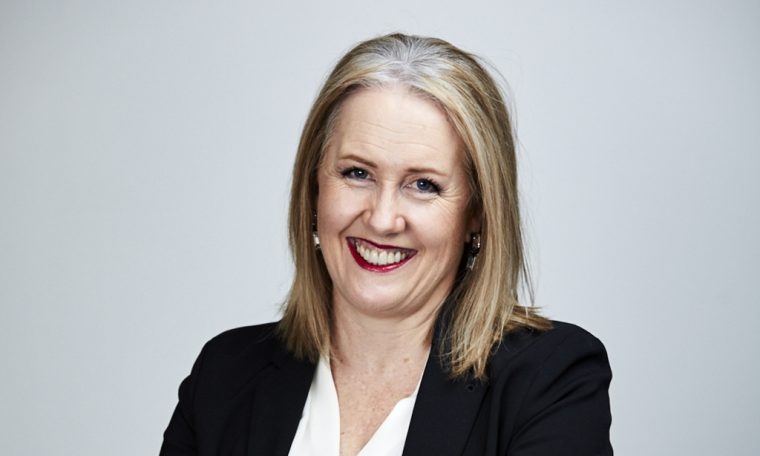We know that when women, people of colour and different physical abilities are part of a business, those businesses do better. A recent report from BofA Merrill Lynch Global Research revealed that women’s equality in the workforce could increase global GDP by 31 per cent (US$28 trillion) by 2025. While a report published in Harvard Business Review revealed that leaders who give “diverse voices equal airtime are nearly twice as likely as others to unleash value-driving insights, and employees in a ‘speak up’ culture are 3.5 times as likely to contribute their full innovative potential”. So why do we still see so many people struggling to talk about people from different backgrounds or people with different social alliances or physical traits in a way that is fair and respectful?
Just look at the recent farewell speech our own Prime Minister, Scott Morrison, gave to his former Foreign Affairs Minister, Julie Bishop. Wrapping up his address on Ms Bishop’s exemplary career in politics, Mr Morrison highlighted her choice of footwear, effectively trivialising her numerous achievements; suggesting her success was due to her femininity and appearance; reminding us that Julie Bishop was a woman in a man’s world.
“Whoever replaces Julie Bishop will have big shoes to fill, and we all know Julie has the best shoes in parliament,” Mr Morrison said. It is unthinkable that a man as highly regarded as Ms Bishop would be deprived of an earnest, fitting tribute in such a way.
Embracing diversity is not just about having people from different backgrounds, experiences or genders in our workplace. True diversity means treating each person with respect and fairness; accepting everyone regardless of their sexual orientation, ethnicity, age, class, gender or physical abilities. Embracing diversity means bringing people together, not separating them or playing down their achievements by relating it to a clichéd trait (i.e. Ms Bishop’s shoes).
Specific, targeted comments made about an aspect of someone’s appearance (even those generously intended as compliments), lifestyle choices or personal interests risks highlighting differences and obstructing inclusion. A female co-worker may not be the primary carer of her children; an Asian co-worker may not be a maths genius. Be careful when selecting features to emphasise. In July 2018, a Canadian newspaper labelled a Wimbledon match between 23 time Grand Slam winner Serena Williams and Russian Evgeniya Rodina as the ‘battle of the Mums’. Yet we would never hear of a match between Roger Federer and Novak Djokovic – who have six children between them – as the ‘battle of the working fathers’.
Employees, whatever their gender or background, should never be generalised as representing their respective group and we should never emphasise a stereotypical quality in one group of people that we would not in another. This includes what sort of questions we ask and our own expectations of them.
Embracing diversity in the workplace means making a conscious effort to identify our own biases, whether they are deliberate or not. This involves taking the time to think about our choices and the words we use. When we make a mistake, it is also important to acknowledge it and learn from it.
Being mindful and conscious of the language we use in the workplace is not about ‘political correctness’ or ‘ticking a box’ but deciding to truly embrace diversity. This takes time and education but most importantly, an avid interest and investment in ensuring that the language we use makes people feel comfortable, included and free to do their best work.


